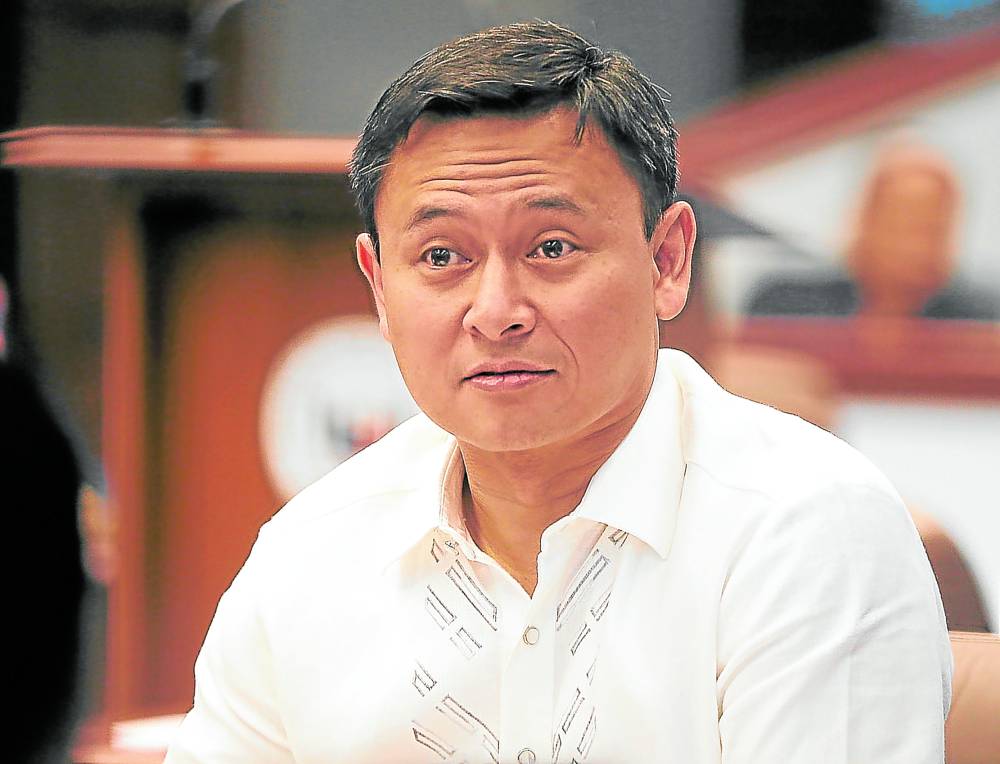Senate frowns on new gov’t buildings, except its own

Sen. Juan Edgardo Angara FILE PHOTO
Senators in the next Congress will try to trim the 2023 budget of all nonessential items—but not the new Senate building at Fort Bonifacio in Taguig that will cost the government a cool P10 billion, according to the Senate finance chair.
Sen. Juan Edgardo Angara, who is expected to retain chairmanship of the finance committee once the new Congress convenes in July, said the Senate would have to pore over the 2023 budget proposal carefully to cut out any fat.
“We’ll be looking at ‘Is this an essential spending?’ ‘Would it be productive spending?’ Like, maybe an agency wants to build a new building, we would really need to study it. Is it necessary to have that new building at this time?” he told One News in an interview on Wednesday night.
But when asked if that includes the new Senate building, Angara made an exception.
“That one is already in motion. If you stop that, you’ll [have more problems],” he said, noting that the decision on the Senate moving to its new headquarters was made as early as 2018.
At present, the Senate rents a building inside the Government Service Insurance System complex in Pasay City for P127 million per year, as of 2018.
In 2018, the Senate picked the winning design, proposed by urban planning firm AECOM Philippines, as its future home—a sleek, ultramodern complex with four interconnected buildings shaped like the rays of a sun with the session hall at the center.
The infrastructure project had its groundbreaking in March 2019 and construction was supposed to have been completed by 2021, but the pandemic delayed it.
Angara said construction of the Senate building could be considered productive spending “because you’ll be renting out certain floors of space.”
“Instead of renting out, you have your own … Over time, that investment will pay for itself. So, I think that can be justified on those grounds,” he said.
As for other projects, he said “you have to be more judicious” to help make the level of public debt more manageable.
Angara said the pandemic made fiscal management a difficult job, but the government “still stayed on the side of responsible borrowing.”
The country’s 63.5 percent debt-to-GDP (gross domestic product) ratio, which measures the government’s gross debt as a percentage of the GDP, was “still on the side of reasonable.”
RELATED STORY:
Sotto leads lowering of ‘time capsule’ at new Senate building